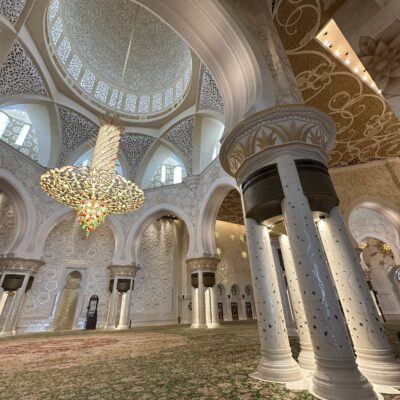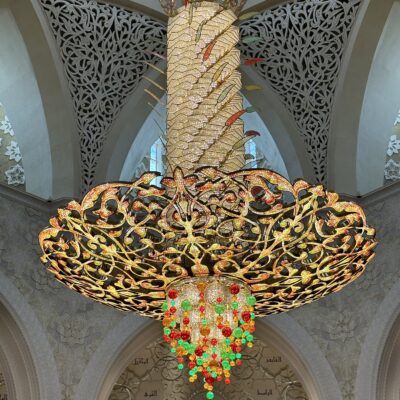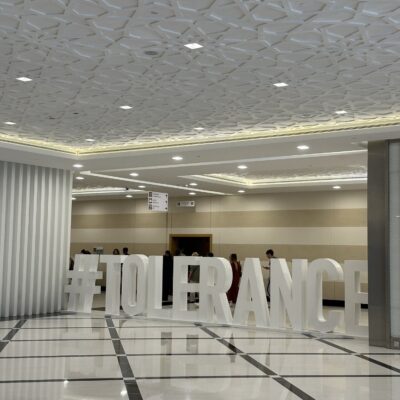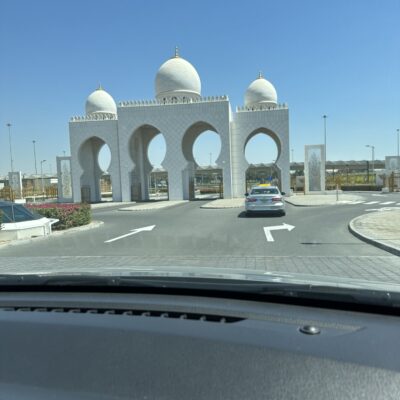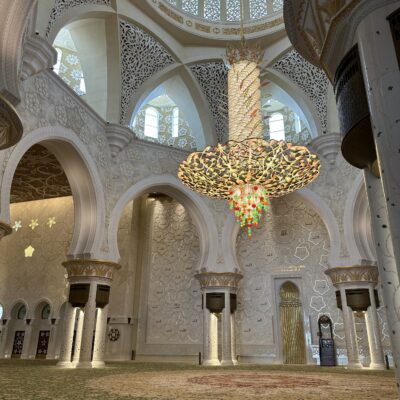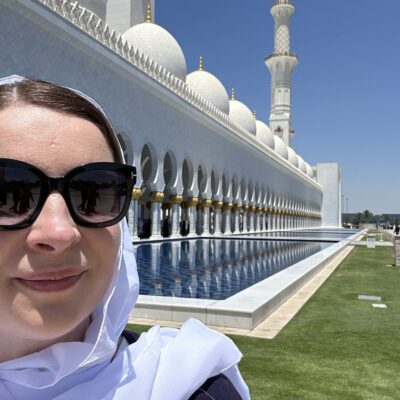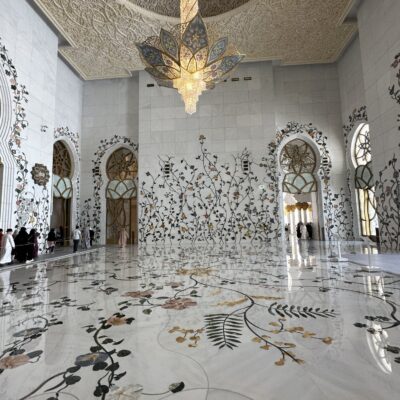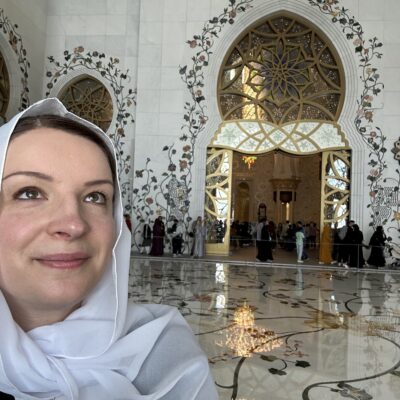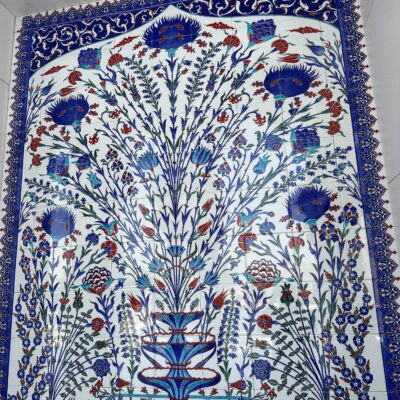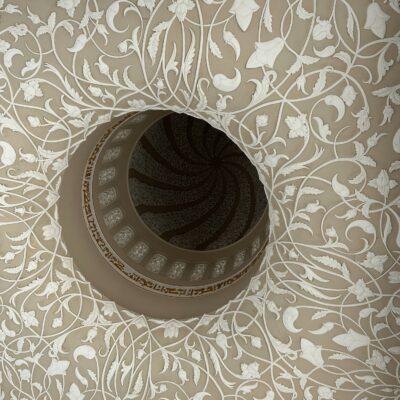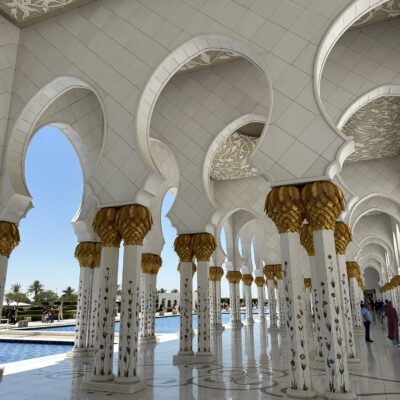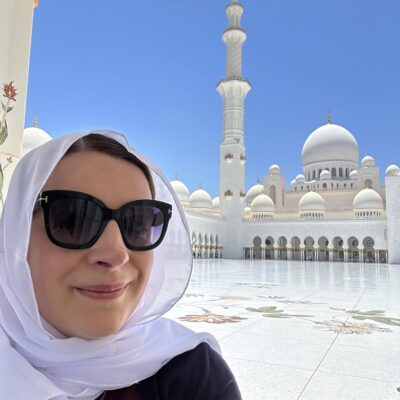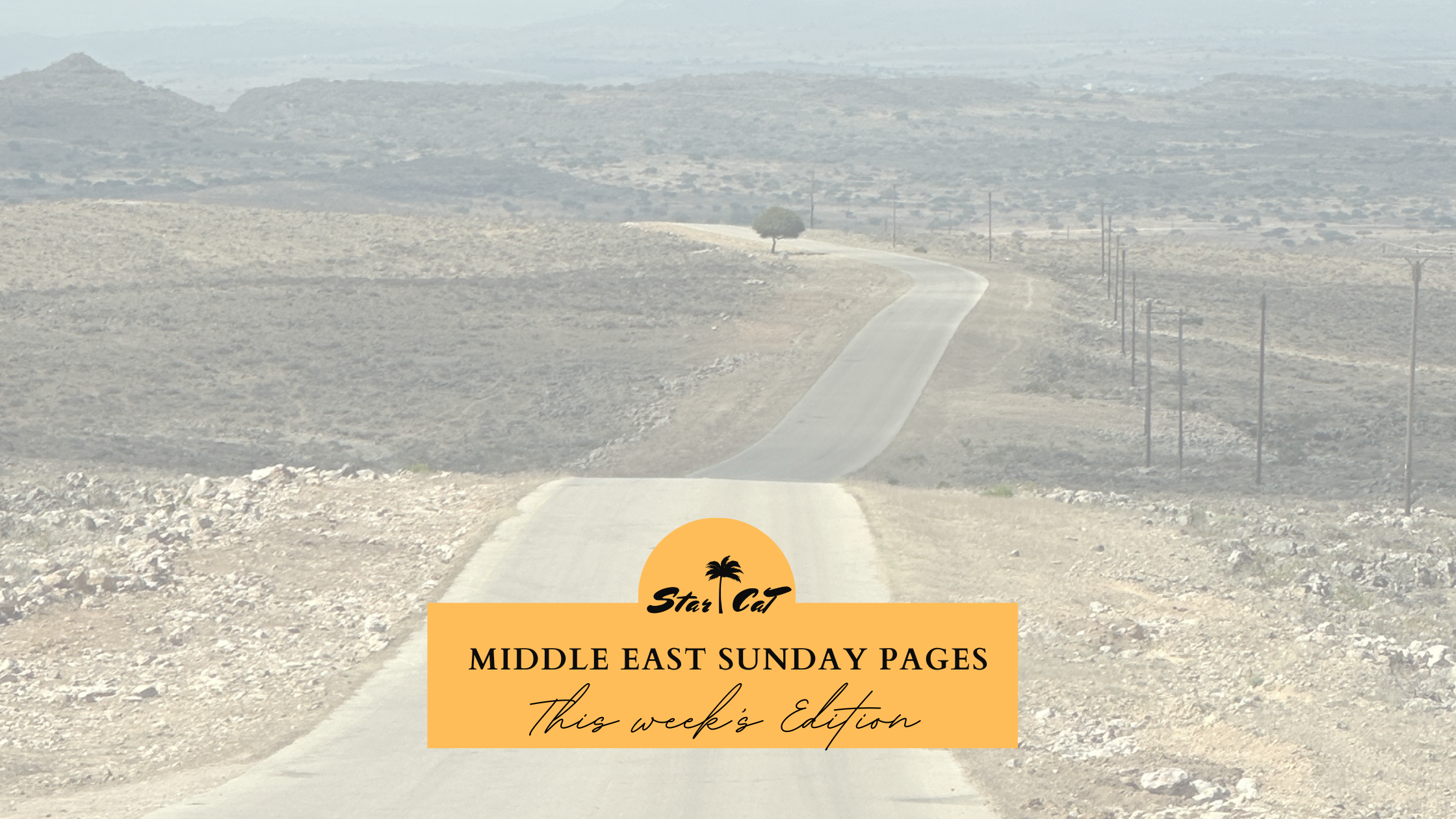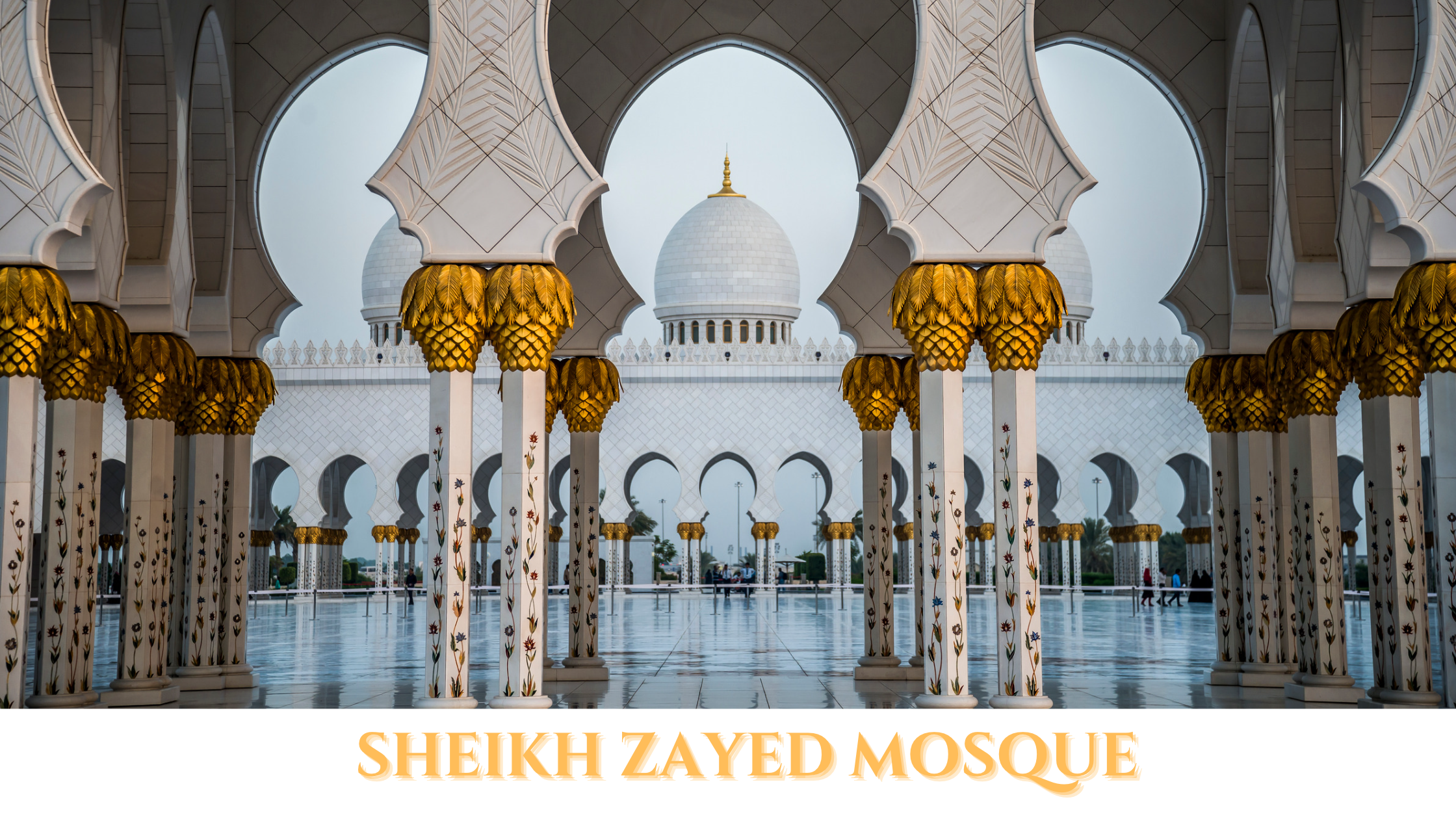
Sheikh Zayed Mosque
The Gulf region is renowned for its magnificent mosques that stand as architectural marvels and spiritual sanctuaries. These mosques not only serve as places of worship but also showcase the rich cultural heritage and Islamic traditions of the region. In this week’s edition of the Middle East Sunday Pages, we will explore the grandeur and significance of mosques in the Gulf region, with a special focus on the iconic Sheikh Zayed Mosque.
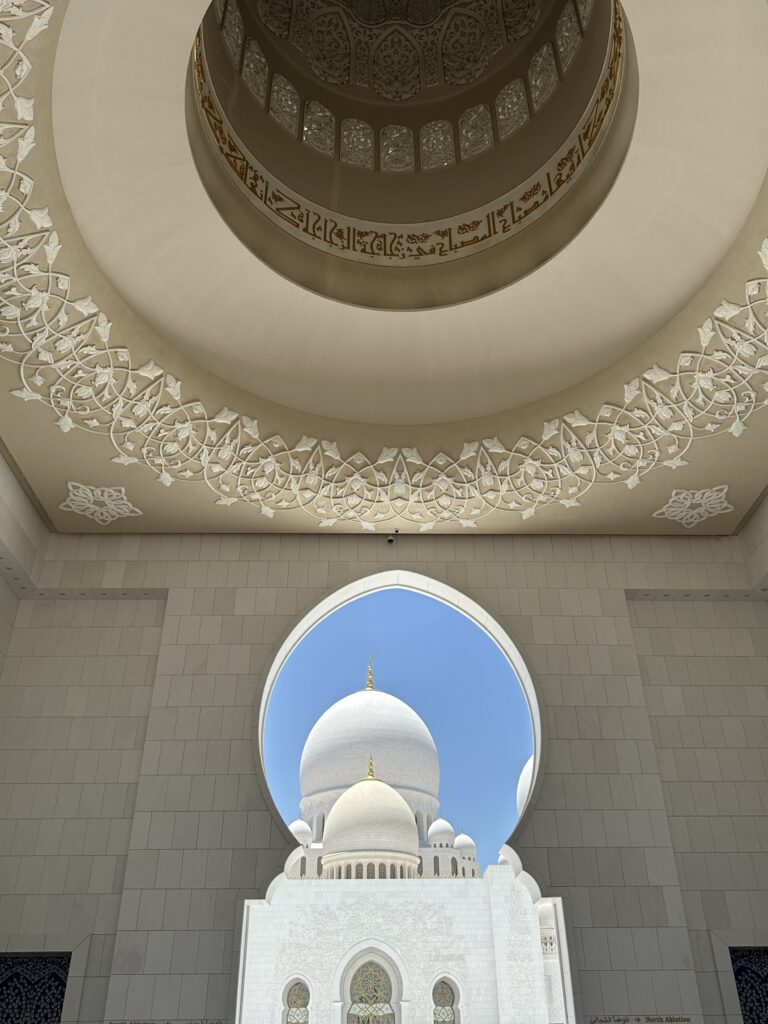
The Gulf region, encompassing countries such as the United Arab Emirates (UAE), Saudi Arabia, Qatar, Bahrain, Kuwait, and Oman, is home to some of the most breathtaking mosques in the world. These mosques are characterised by their distinctive architectural styles, blending traditional Islamic designs with modern aesthetics. The region’s devotion to preserving Islamic heritage and fostering a spiritual ambiance is evident in the meticulous craftsmanship and attention to detail found in these structures.
Sheikh Zayed Mosque
Among the remarkable mosques in the Gulf region, the Sheikh Zayed Mosque in Abu Dhabi, United Arab Emirates, holds a prominent position. Named after the late Sheikh Zayed bin Sultan Al Nahyan, the founding father of the UAE, this mosque is a testament to his vision of promoting tolerance, unity, and cultural diversity. Completed in 2007, the mosque’s design draws inspiration from various Islamic architectural influences, including Persian, Mughal, and Moorish styles.
- Architectural Splendour: Sheikh Zayed Mosque is a stunning display of architectural grandeur. Its pure white marble façade, intricate floral patterns, and intricate calligraphy captivate visitors. The mosque’s main prayer hall boasts one of the largest hand-knotted carpets in the world, covering an area of more than 5,600 square meters. The mesmerising chandeliers, adorned with Swarovski crystals, illuminate the space, creating an ethereal ambiance. The mosque’s unique blend of traditional elements with contemporary design features sets it apart as a masterpiece of Islamic architecture.
- Spiritual Significance: While the architectural magnificence of mosques in the Gulf region is undeniable, these structures serve a primary purpose: to provide a sacred space for Muslims to worship, reflect, and seek solace. Mosques play a central role in the lives of Muslims, serving as community centres for prayer, religious education, and social gatherings. They are places where believers find tranquility, connect with their faith, and strengthen their spiritual bond with Allah.
- Cultural and Community Hubs: Beyond their religious significance, mosques in the Gulf region serve as cultural and community hubs. They host various educational programs, lectures, and events to promote Islamic values, foster interfaith dialogue, and celebrate the region’s diverse heritage. Mosques also play a pivotal role in Ramadan, providing iftar meals and facilitating congregational prayers during the holy month.
- Impressive Dimensions: The mosque covers a total area of approximately 22,412 square meters, making it one of the largest mosques in the world. It can accommodate over 40,000 worshippers at a time, with the main prayer hall accommodating up to 7,000 worshippers.
- Material Splendour: The mosque features a harmonious combination of materials. The exterior is clad in pure white Macedonian marble, while the interior boasts lavish use of materials such as marble, gold, semi-precious stones, and crystals. The marble used in the construction of the mosque is known for its durability and ability to withstand extreme weather conditions.
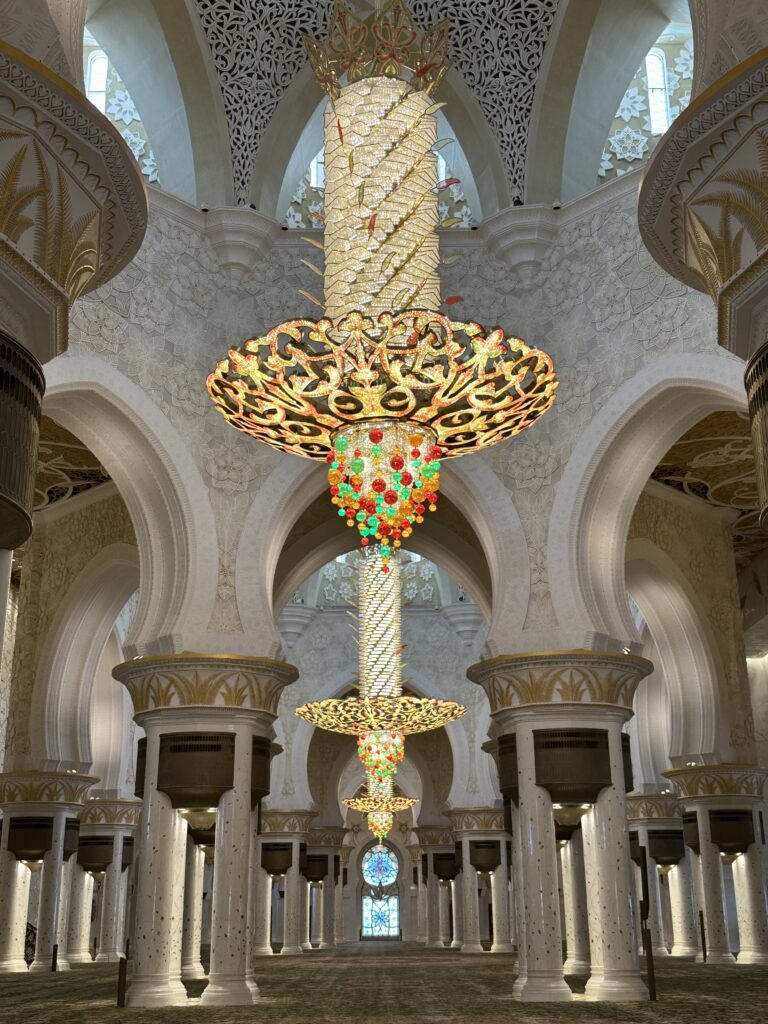
- Dazzling Chandeliers: The mosque is adorned with seven stunning chandeliers, each incorporating millions of Swarovski crystals. The largest chandelier, located in the main prayer hall, is one of the largest chandeliers in the world. It measures approximately 10 meters in diameter and weighs around 12 tons.
- Cultural Landmark: The mosque has become an iconic landmark not only in Abu Dhabi but also in the United Arab Emirates. It attracts millions of visitors from around the world each year who come to admire its architectural splendor, learn about Islamic culture, and experience the tranquility of its surroundings.
- Open Doors Policy: The Sheikh Zayed Mosque follows the open doors policy, welcoming visitors of all faiths to explore its beauty and learn about Islam. The mosque provides guided tours and educational programs to promote understanding, tolerance, and cultural exchange.
————
We continuously bring you new attractions, cultural guides and news from the Gulf region – you can sign up to our Middle East Insights NEWSLETTER here.

